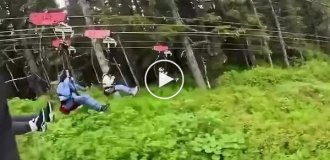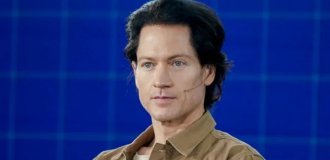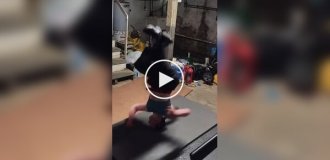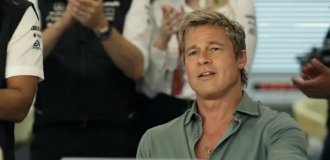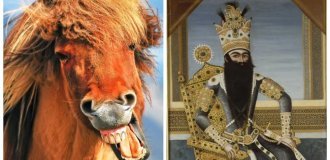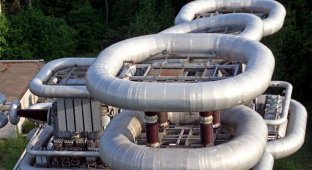5 of Nikola Tesla's craziest inventions (6 photos)
Nikola Tesla was certainly an eccentric scientist, but many believe that his inventions were more remarkable than those of Alexander Graham Bell or Thomas Edison. His electric cars, wild imagination and eccentric style became the symbol of the "mad genius".

1. Wireless transmission of electricity

About 120 years ago, at the 1893 Chicago World's Fair, Tesla demonstrated the wireless transmission of electricity by lighting a series of phosphorus light bulbs in a process called electrodynamic induction. He dreamed that one day such technology would help us transmit electricity over long distances in the atmosphere, providing remote areas with the energy they need for comfortable living.
Now, more than a century later, big companies like Intel and Sony are interested in applying non-radiative power transfer to things like cell phones so we can charge batteries without power cables.
2. X-ray

Tesla's research in electromagnetism helped radiologists around the world see human anatomy without having to cut open their abdomen. However, in the late 1880s this idea seemed quite crazy.
Although the discovery of X-rays is credited to the German physicist Wilhelm Roentgen in 1895, it was Tesla who, in his experiments with the technology eight years before Roentgen, drew attention to some of the dangers of using radiation on human flesh.
3. Death Ray

In the 1930s, Nikola Tesla is said to have invented a particle beam weapon called the "death ray." In theory, the device could generate an intensely directed beam of energy that could be used to destroy enemy aircraft, armies, and other things. However, the death ray was never released by Tesla, although he tried to sell it to various military branches.
4. Robotics

Tesla imagined that in the future, an entire race of robots could safely and efficiently do the jobs of humans. In 1898, he demonstrated a radio-controlled boat he had invented, which many consider the “birth of robotics.” He predicted that soon the world will be filled with smart machines, robots, various sensors and autonomous systems.
5. Earthquake Machine

In the same year, 1898, Tesla announced that he had developed an oscillation generator that shook the building and everything that was near it. The device itself weighed about a kilogram, but the scientist was able to adjust the vibration time at such a frequency that each small vibration added more energy to the building's wave bends. With enough small shocks, even the largest building could be torn apart.
Realizing the potential danger of his invention, he smashed the generator with a hammer and asked his employees, if anything happened, to declare complete ignorance about the causes of the earthquake.

